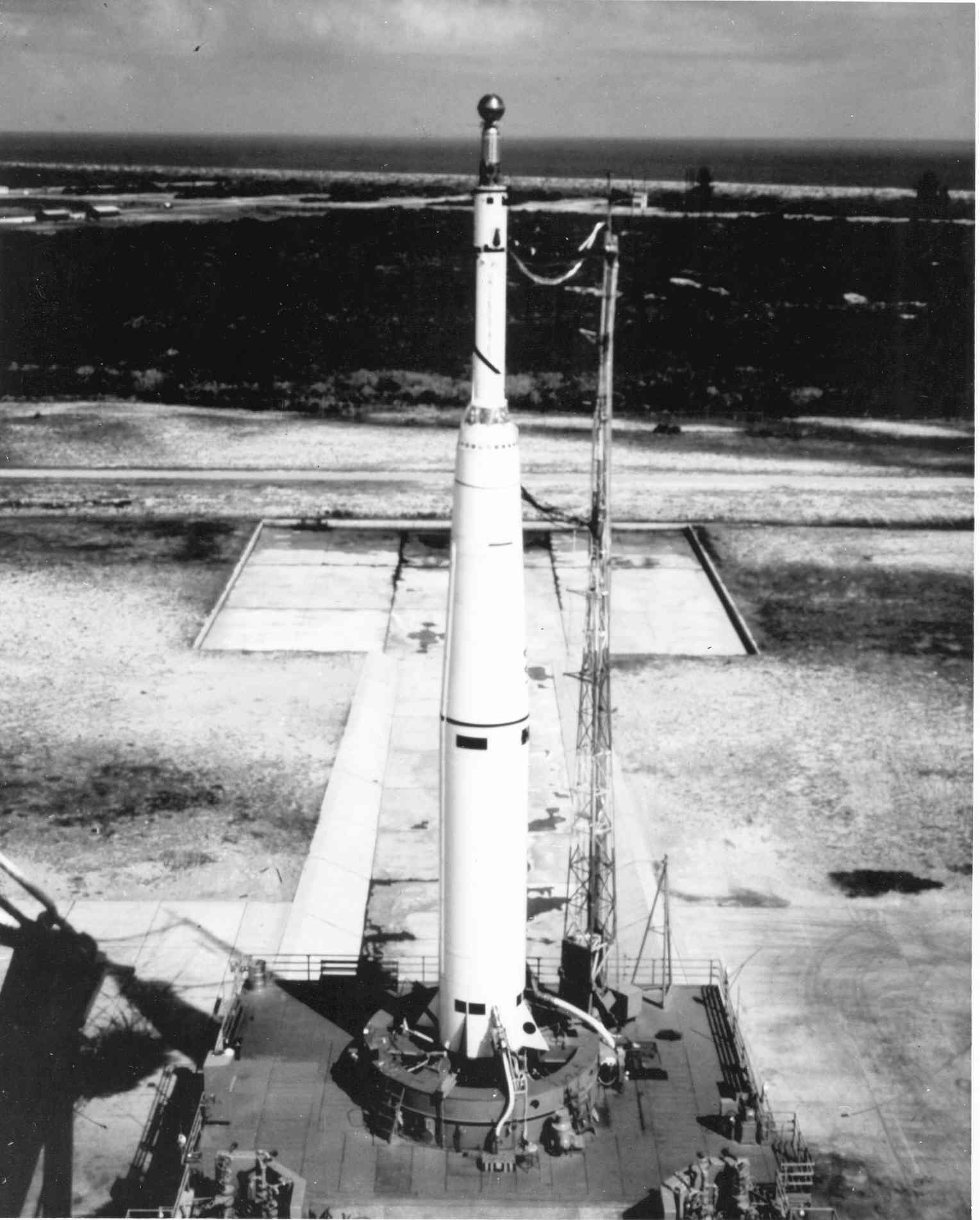Fifty years ago today — August 12, 1960 — a Thor-Delta rocket lifted off from Cape Canaveral* carrying the Echo-1 satellite.

(Echo-1 satellite, fully inflated, inside a Navy hangar in Weeksville, NC. NASA image from Wikimedia Commons.)
Echo-1 was a Mylar balloon 100 feet in diameter which reflected radio waves aimed at it. Its only transmitter was for telemetry: for communications, it was a passive reflector. One of the first signals reflected by Echo-1 was a recorded radio message from President Eisenhower.
The spacecraft should probably be known as Echo-1A, since the original Echo-1 was lost when its launch vehicle failed the previous May, but the Echo-1 name has endured.
Fast forward forty-five years …
Five years ago today, the Mars Reconnaissance Orbiter launched from Cape Canaveral aboard an Atlas-5 rocket. It has been in orbit around Mars since March 2006, sending back detailed images of the red planet’s surface and sub-surface features.
___
*One source gave the launch site as Vandenberg AFB, which was the launch site for Echo-2 in 1964.















